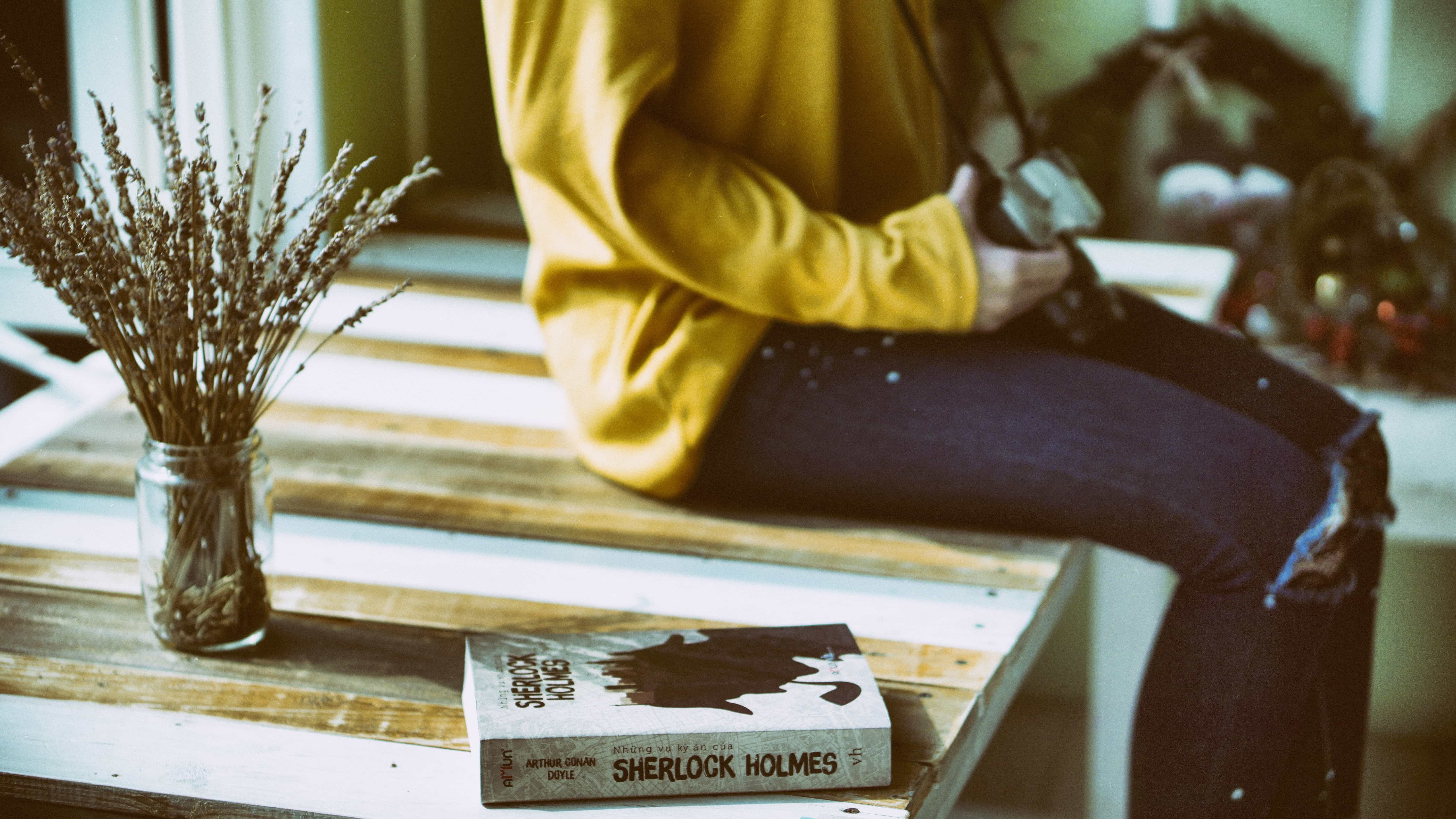With all the discussion about how to properly apply paint to walls, ceilings, doors, cabinetry, and even brick fireplaces, we think it only fair to spend a bit of time discussing the business of removing paint from places where it’s no longer welcome.
House stagers tell us that when a homeowner cares enough to hire a professional stylist, they are frequently advised to ‘clean up’ paint on interior or exterior doors, windows, fireplaces, cabinets, and skirting boards. This is generally a big, messy job, so if you really want to benefit from the advantage styling your property, it probably needs to be done if your stager suggests it. (Read: the existing paint is a big liability in one way or another and you stand to benefit greatly if it’s gone.)
A typical example of this kind of project is in a vintage home like a California bungalow or Victorian terrace wherein the beautiful woodwork that was built into the home has been painted over. Depending on the size of the home and the price for which it will sell, your stylist will know whether or not the answer is stripping or simply painting over. In the end, it’s a decision that weighs the cost of the work against the likely increase in the selling price.
A Word of Warning: Sometimes wood is painted because it was never meant to be shown off. If the surface under the paint is not beautiful in the first place, it was probably painted. Before you take on a stripping project, peel the paint back from a hidden place – such as the hinge side of the door — to see what lies beneath. If it’s ugly, you can always repaint.
Sometimes, though, a blistered door or a mantlepiece (with or without corbels) wants to be stripped and refinished. If the advantage styling dictates a change, you have several choices.
Call in the Professionals
If that mantlepiece is large and intricately carved, you may want to send it, and its corbels, to a professional refinisher who can dip the piece in a vat with special chemicals for stripping.
A house full of built-ins that have been painted over or have so many coats of paint that the surface is uneven and sloppy is such a big job that you may not have the time or the expertise to tackle it. In these cases, a professional may be your best bet. If your problem is an old door or two or a room full of skirting boards, most homeowners can handle the project for themselves.
The Tools
• Chemical strippers can be harsh and very dangerous. Read the labels carefully and avoid products that contain DCM, dichloromethane or methylene chloride. Prolonged exposure to DCM, through the lungs or skin, is thought to contribute to liver damage, cancer, and even death. No amount of extra money for the sale of your home is worth tangling with these products when there are other, safer options.There are other chemical strippers that can work wonders. They may be slower to use, but they do work well.
• Heat guns are an excellent choice when you have tight spaces to work within, or would rather not chance the chemical options. Heat guns look like, and actually work like, industrial strength hair dryers. These tools direct high heat to blister and soften paint. There are even infrared versions of the heat gun that can do the same trick, but they are big and bulky to use.
Oddly enough, the downside to heat guns is the heat. When you pick up a heat gun, you risk igniting the paint or charring the wood beneath. Use caution and don’t forget to keep a heat resistant landing pad handy to safely put the gun down when you need to do so.
• Power sanders can certainly be helpful in removing paint but they do carry with them a bit of baggage. First of all, if you have many layers of paint to remove, doing so with a sander can take a very long time. The other big issue is whether or not you have old lead-based paint used in one or more of the layers. The dust from sanding, which is a problem to begin with, is bad enough. Dust that comes from lead-based paint can be deadly. If you choose to use a sander, always wear a dust mask. If you’re sure there is lead, talk to a professional.
Paint stripping, even though it can give you an attractive advantage styling and big payoff, can be an enormous job. That being said, there is something very fulfilling about seeing a beautiful mantlepiece or lovely built-in window seat that has been lovingly restored by stripping away years of paint. As usual, though, you’ll be wise to talk to your home stylist first.




